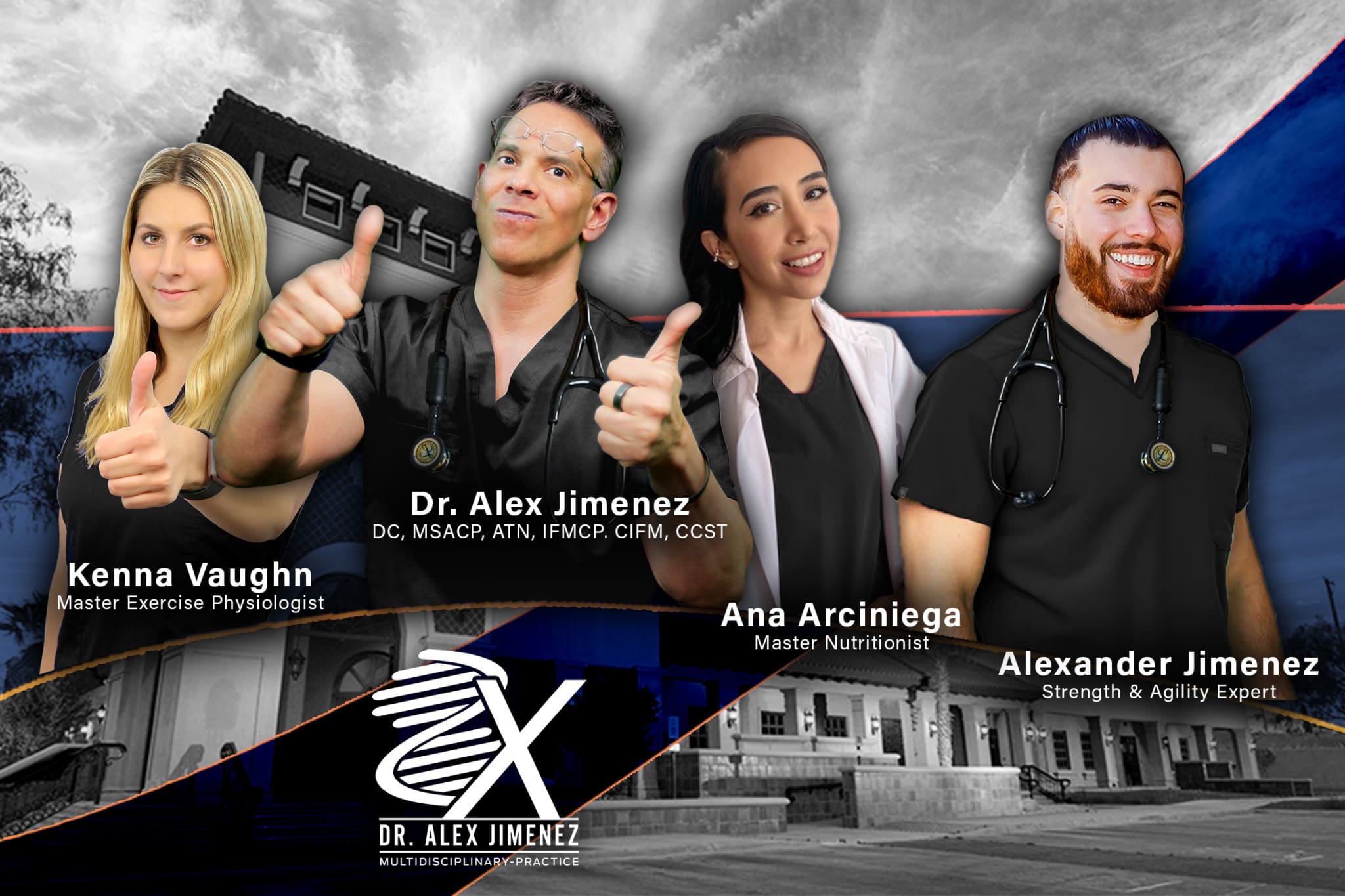Trending
- Deep Breathing While Driving to Reduce Stress
- Gluteal Pain Athletic Recovery: Treatment Explained
- Bloating Linked Spinal Problems: Importance of Alignment
- Gut Microbiome Injury Rehabilitation Guide to Recovery
- Chiropractic Care: What You Need to Know About Calisthenics
- Motor Vehicle Injury Muscle Recovery: What You Need
- Workplace Wellness Through Chiropractic for Injury Recovery
- Chiropractic Flexibility Nutrition Support for Joints
- Tech-Enhanced Posture Recovery for Better Performance
- Chiropractic MVA Mobility Restoration and Rehabilitation
Massage
PUSH as Rx Massage Team. We all want to relax. In our hectic lives, it is hard to find time for R&R. If you deal with this in your life, a massage is in order. Massage therapy is a general term that refers to various types of soft tissue manipulation for therapeutic purposes. It utilizes manual manipulation to improve circulation, relax muscles, improve range of motion, and increase endorphin levels. Healthcare providers recognize massage therapy as a legitimate therapy for lower back pain. This therapy usually follows some type of medical treatment. Types of therapy include neuromuscular, sports, and Swedish.
First of all, make sure to drink plenty of water following a massage. For example, Neuromuscular therapy, which is the most effective treatment for low back pain, consists of alternating levels of pressure applied to muscles to alleviate the muscle spasms. With massaging procedures, the tissues of your body will be stimulated, resulting in the release of toxins. Drinking at least 10 glasses of water throughout the day will flush out the toxins. Aim to drink 2-3 glasses within the first hour or so and then at least 8 more within the next 24 hours.

